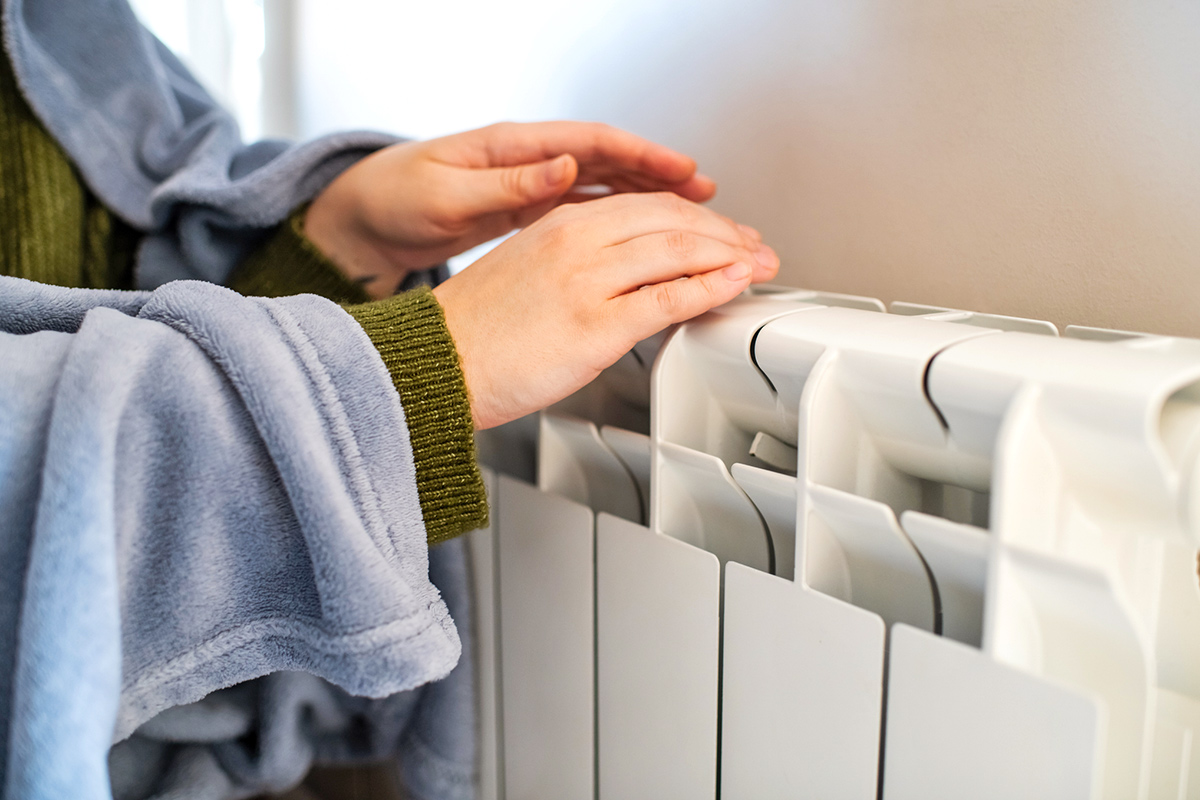Part of preparing to use your drill is selecting the right size drill bit — you know, the cutting tool that attaches to a drill and rotates to create holes in things.
While choosing the wrong size drill bit isn’t the worst thing that could happen during a project, it’s annoying to have to stop what you’re doing to find the appropriate size. If you go too big, there’s a risk of damaging or cracking the material you’re working with. Opt for something too small, and you may have trouble inserting the fastener or cause the drill to overheat.
If you’ve chosen the wrong drill bit size more often than you care to admit, you’ve come to the right place. We have a trick that will help you choose the correct drill bit every time — and it’s far more accurate than guessing.
More from our network
House Outlook is part of Inbox Studio, which publishes content that uplifts, informs, and inspires.
Get the Right Fit
Match the drill bit’s size to the solid, central part of the screw, not the spiral threads. You’ll still have to eyeball it a bit, but this method will get you much closer to the proper size.
The Most Common Types of Drill Bits
While there are many types of drill bits, the three most commonly used are masonry, twist, and woodboring bits.
• Masonry Drill Bits: Also known as concrete drill bits, masonry drill bits can drill into hard materials such as concrete, brick, and stone. You might use this type of bit to place an anchor into concrete or other masonry.
• Twist Drill Bits: These drill bits are among the most common for general home use and are suitable for drilling into wood, plastic, and softer metals.
• Woodboring Drill Bits: Primarily used for construction or woodworking projects, woodboring drill bits create cleaner holes in wood compared to twist bits.



















